Samurai Armor, Clothing & Accessories
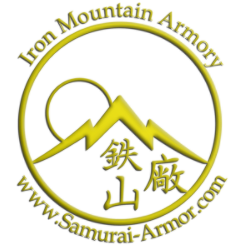
Traditional Armor for the Modern Warrior
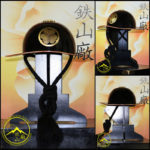
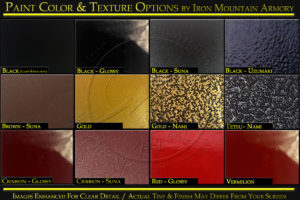
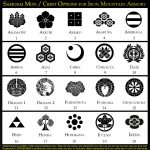
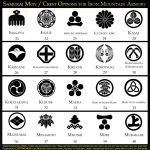
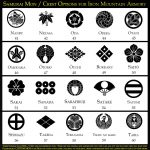
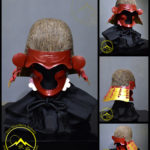

Bajo Jingasa
Gashira Class
$474.99 Original price was: $474.99.$404.95Current price is: $404.95. $437.35
Bajo Jingasa (Riding Battle Hat) started to become popular amongst gashira (officers) at the end of the Sengoku Jidai and through the Edo Era. Traditionally a defensive helmet, they were allegedly first crafted from wood, leather, nerigawa, then iron and later steel. They progressively improved as the Ashigaru grew in popularity on the battlefield. The bajo-gasa jingasa, are shaped like low round hills, believed to to cut down wind resistance while on horseback. Samurai who owned a horse would typically wear a bajo-gasa. The where also known as manju-gasa because of their manju (bun with a bean jam filling) like shape.
The Jingasa were traditionally lacquered in black and would typically bear the mon of their clans (mark or crest) or that of their unit. This allowed soldiers to be easily identified from a distance. These mon were often painted in gold color. The inside of the Jingasa was typically lined with hemp cloth. Bajo Jingasa also featured four metal rings riveted inside. A cord would be tied into these rings and loop down just below the ears, then a second cord would then be passed through the loops and tie below chin securing the jingasa to the head.
Features: Bajo Jingasa
- Traditional design and handcrafted Bajo Jingasa.
- Optional paint colors and mon.
| Our skilled katchû-shi (armorers) at the Iron Mountain Armory will need at least 1 to 2 weeks, depending on options selected, and other scheduled orders, for the custom handcrafting of your reproduction samurai item. |
|---|
| For more information, please review our Order Options Explained, Glossary Terms or FAQ Pages. You can also Contact Us directly. We are always happy to be of service. |
| Weight | 2.25 kg |
|---|---|
| Dimensions | 31 × 31 × 18 cm |
 SHIPPING & DELIVERY
SHIPPING & DELIVERY
Unless otherwise noted in the product description, LSE contracts Iron Mountain Armory China to hand make and ship all products. Iron Mountain Armory will drop ship directly to recipient worldwide. Shipping rates and times depend on selected courier / service, individual products, weight / size of item(s) and other details. Delivery times are not guaranteed. Orders are packed and shipped with care. Because we ship worldwide and regulations differ between countries, sometimes extra time is needed when preparing and shipping your package. We make every effort to ship each order in a timely manner.
For more information please review our Shipping &Delivery Policy.
Related products
In stock
In stock
In stock
In stock
In stock
In stock
In stock
In stock
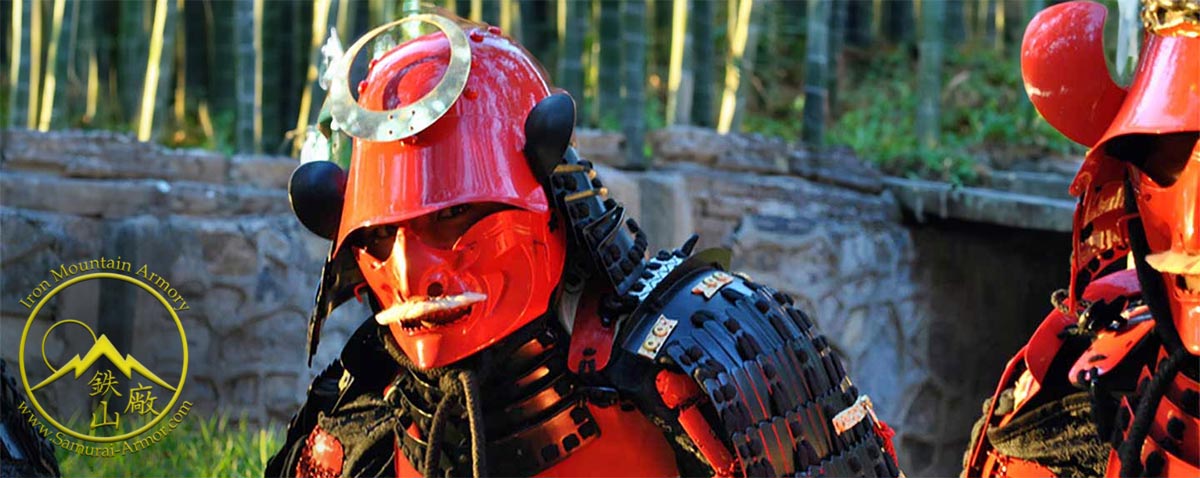
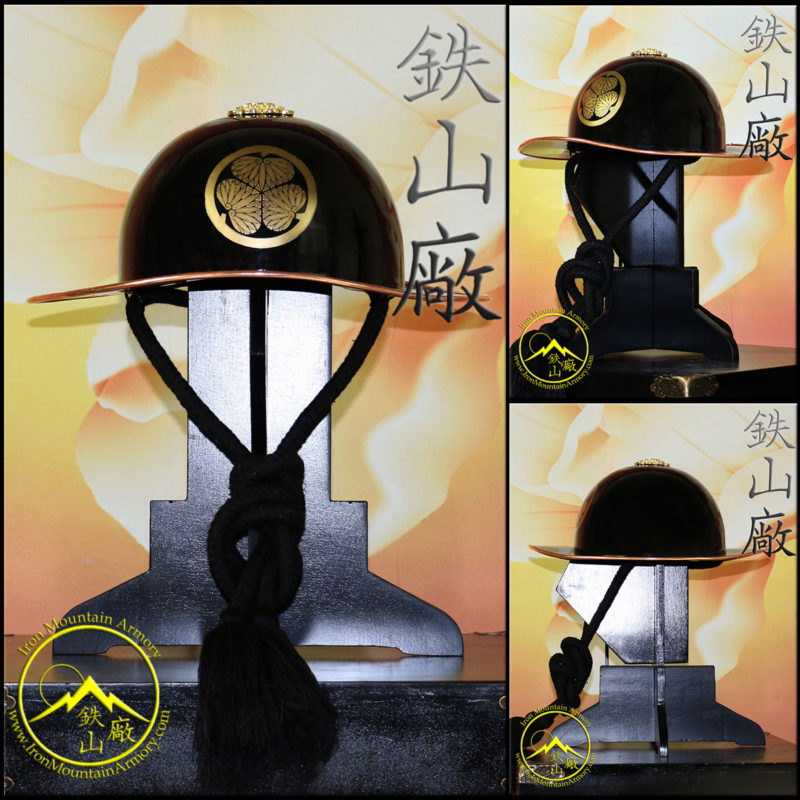
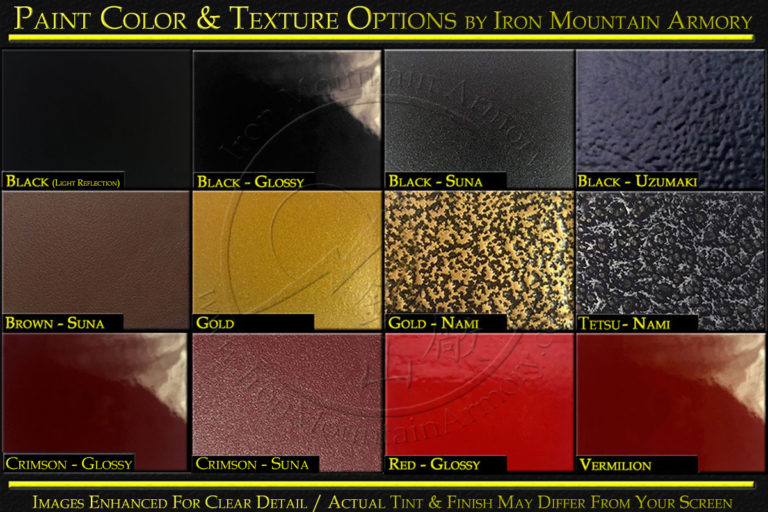
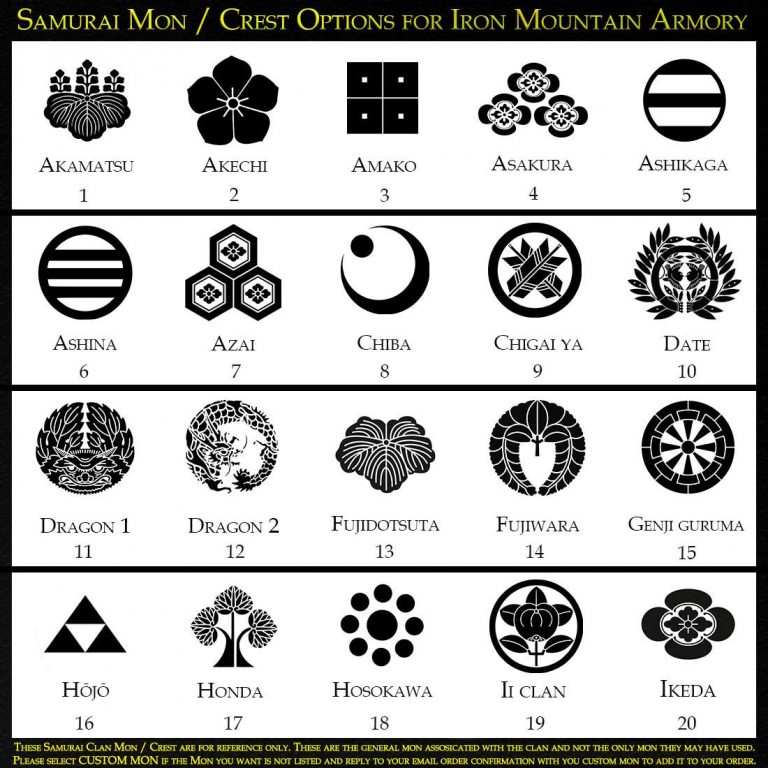

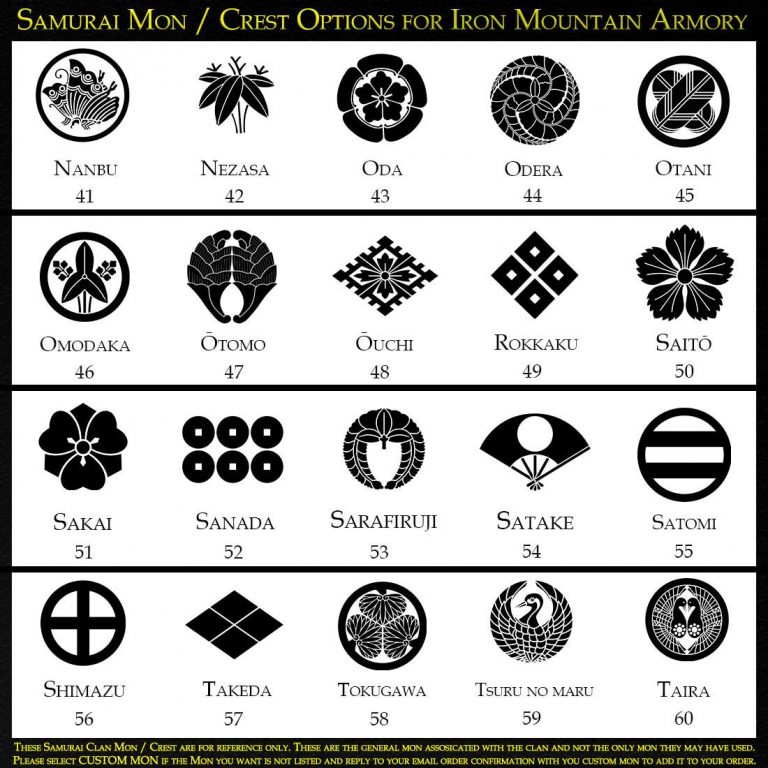
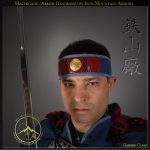
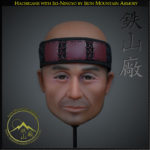
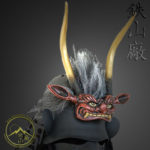
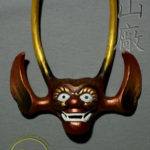

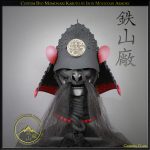


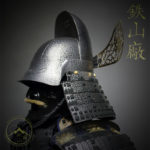
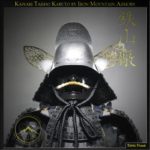
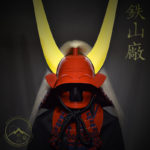
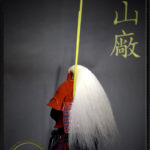
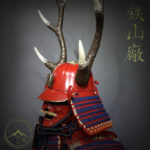
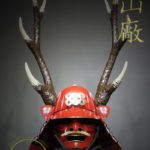
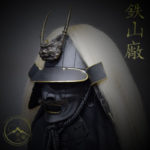
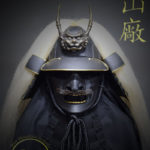
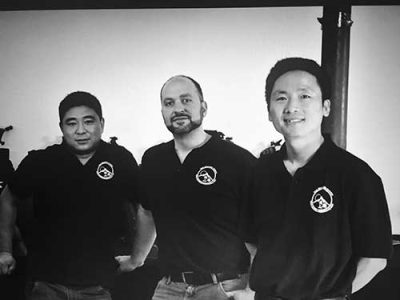
Reviews
There are no reviews yet